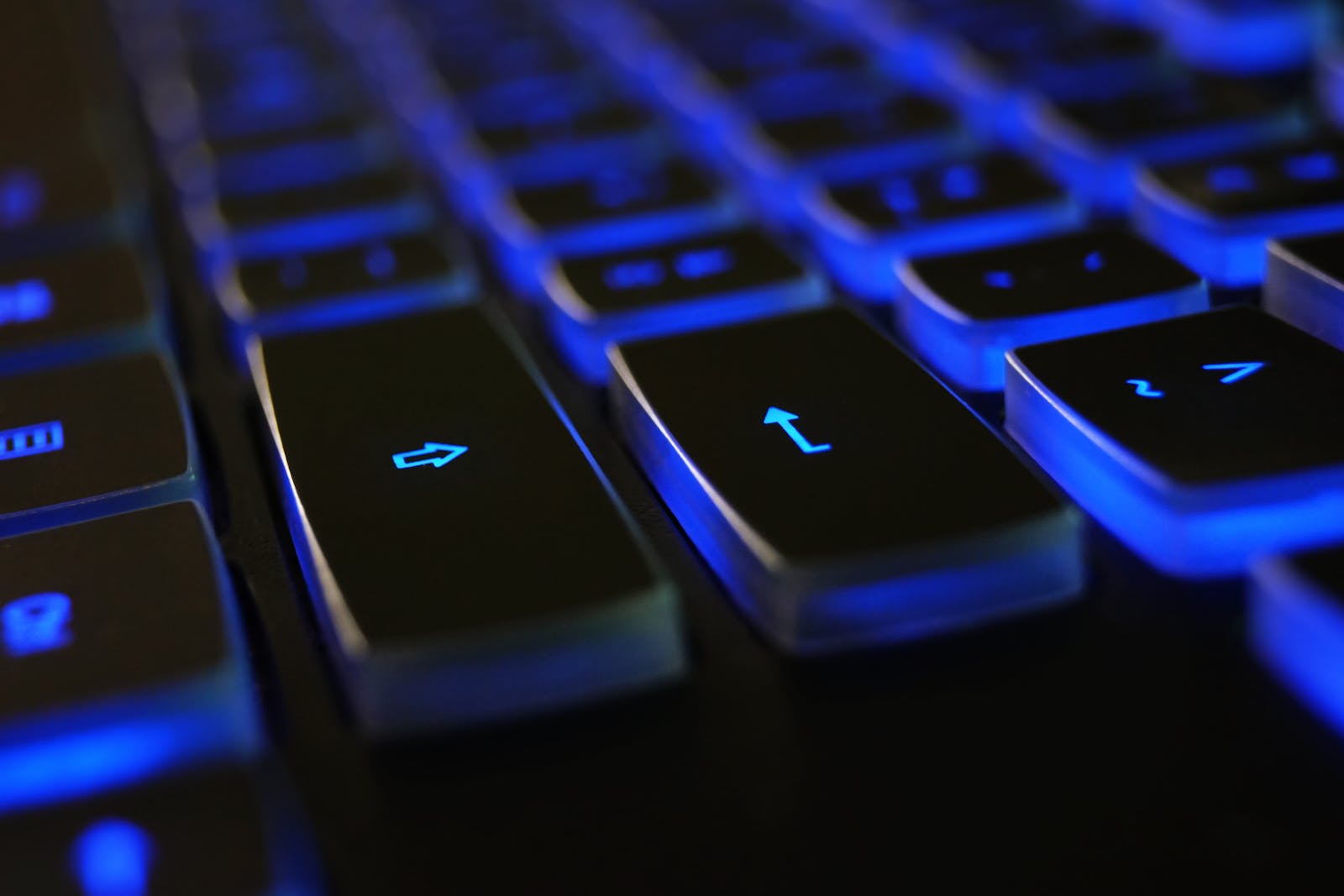How to Avoid Overdoing a PC Hardware Refresh
by siteadmin

Many companies follow a 3-5 year hardware refresh cycle. Keeping this cycle up to date helps keep employee productivity high and allows IT teams to focus on other projects.
However, too many companies delay upgrades and refreshes at their peril. Older systems can cause a lot of problems from lagging speed to security threats.
Upgrade the oldest part first
Computer hardware refreshes are an important business investment that improves productivity and reduces energy costs. Upgrading computers and servers also allows for better security, as older hardware is more vulnerable to cyberattacks.
While a computer hardware upgrade can be costly, it is essential for businesses to stay competitive and keep up with industry trends. However, it is important to plan the hardware refresh well in advance and get professional help to ensure that the project is completed on time and within budget. Performing a hardware refresh is a complex process that requires an audit of existing technology, the implementation of upgraded equipment, and decommissioning previous equipment. It is essential that this process is documented, as it will allow for accurate budgeting in the future.
When planning a hardware refresh, it is best to start with the oldest and most outdated components first. These components include processors, graphics cards, hard drives, and memory. These older parts can slow down the system and impact performance. Upgrading these older components first will improve the overall speed of the system and help it run more efficiently.
Another reason why it is important to update your computer hardware is because newer software and applications are designed to run on faster computers. Older hardware solutions can slow down your business and make it difficult to meet customer demands. Additionally, outdated computers are ticking time bombs that can cause serious problems for your business.
Upgrading your computer hardware is an important step in reducing downtime and improving employee morale. Upgrading your technology will also increase productivity and allow your business to grow. The cost of a hardware upgrade is far less than the cost of lost productivity and potential damage to your business.
Many companies follow a 3-5 year hardware refresh cycle. During this period, they replace or repair all of their hardware. This practice can be expensive, but it is more efficient than having to constantly fix and update older hardware systems. In addition, delaying a hardware refresh can put your company at risk for sophisticated cybercrime. If you are planning to update your hardware, contact an Intel-certified trusted advisor today.
Don’t overdo it
When you perform a hardware refresh, it is important not to overdo it. This is because you want to be able to use your new equipment for as long as possible before you need to replace it. Overdoing it can result in a lot of unnecessary expense. The best way to avoid this is by taking the time to make a detailed technology roadmap that will guide you through your hardware refresh. This will help you determine what components need to be replaced and when. It will also help you identify any potential risks that could impact your business.
This roadmap should be created using a combination of internal and external factors. It will need to take into account things like the speed and processing power of your current equipment, any software that is no longer compatible with older systems, and any emerging technology that might be worth investing in. A detailed roadmap will also provide you with documentation that can be used to help you budget your tech expenses for the future.
The roadmap should also indicate how much you can afford to spend on your hardware refresh. It is a good idea to invest in the highest quality equipment you can afford. This will ensure that your new hardware is dependable and can handle the workload of your business. It is also a good idea to invest in the best memory you can afford to reduce the amount of time it takes for your machines to boot up and load applications.
It is also important to consider the maintenance costs of your hardware refresh. Older technology is more likely to crash, resulting in costly downtime for your employees. It can also expose your business to security risks because older hardware solutions don’t have the latest protection measures built in.
In order to minimize the maintenance costs associated with your hardware refresh, it is a good idea to spread out your purchases over a five-year period. For example, you can buy 20% of your workstation fleet yearly so that you don’t have to worry about a major capital expenditure every five years. Another way to keep maintenance costs low is by purchasing a quality PC with a warranty that covers the most common hardware failures. This will save you money in the long run by reducing the number of unforeseen expenses that you’ll need to cover.
Don’t go over budget
Whether you are doing a PC Hardware Refresh on your own or with the help of a service provider, it is vital to set the correct budget. This is why you should work with a partner that knows exactly what you need and how to get it for the best price. They should also be able to help you save money in other ways during the refresh process. This may include things like virtualization, hosting, and other services that can decrease overall technology costs.
When it comes to budgeting for a hardware refresh, many organizations have trouble keeping their spend in check. It is important to look at every aspect of the upgrade, including software costs and maintenance services. Then, make sure to record all the steps that you take during and after the refresh to ensure that you are not spending more than necessary.
Depending on the scope of your refresh, it is also important to determine what strategy works best for your organization. Some organizations choose to refresh everything at once, while others prefer to do it in stages or phases. It is important to communicate with your team about the refresh and any changes that will occur in order to minimize any impact on productivity.
You should also consider if it makes sense to purchase or lease your equipment. Purchasing can be more expensive, but it is usually possible to negotiate discounts for buying in bulk. Staggering your refresh rate and purchasing over time can also help you avoid a costly rush at the end of your contract.
Another important factor is to consider the cost of post-warranty support. According to Gartner, third-party maintenance (TPM) contracts can offer 50% to 70% savings off net OEM support prices. In addition, remarketing services such as those offered by eLoop can help you get the most value out of your old assets.
Once you’ve completed your hardware refresh, it is important to follow up with proper maintenance services. This will ensure that your new equipment performs to its full potential. It is also a great way to help your staff get familiar with any new equipment or software that they might be using.
Get the right memory
Memory, or random access memory (RAM), is one of the most important components for PC performance. With our current use of multitasking applications, video editing programs, and graphics-intensive games, we need more RAM than ever before to keep the machine running smoothly.
Adding more RAM is a simple upgrade that can drastically improve overall computer speed and functionality. More RAM can help to reduce lagging, speed up loading times, and even make programs run faster by freeing up CPU resources. It is recommended to get the highest capacity of RAM that your motherboard supports, and it’s always better to have more than you need than less.
It is also important to remember that more RAM isn’t the be-all and end-all for improving PC performance. You need to fully optimize the entire system for maximum speed and performance, and that is where a complete hardware refresh can really make a difference.
A complete hardware refresh is highly personalized to each company’s specific needs and can cost anywhere from a few hundred dollars to thousands of dollars depending on the number of devices being upgraded, amount of processing power needed, network and wiring requirements, etc. However, a refresh cycle typically saves money over time by avoiding costly downtime and repairs of aging equipment.
The best way to ensure a smooth and cost-effective hardware refresh is by utilizing the expertise of an IT provider. Not only can an IT provider help to ensure the right equipment is purchased and installed, but they can also recommend ways to minimize the costs by purchasing in bulk or entering into a device lease program. In addition, most IT providers can offer discounts for larger purchases and will be able to assist with tax write-ups as well.
Keeping up with the refresh and upgrade cycles for a business’s critical technology is the best way to avoid unnecessary downtime and to maximize the productivity of employees and the bottom line of the business. Many companies fall into the trap of neglecting upgrades and refreshes, but they do so at their own peril.
https://pchardwarerefresh.com.au/
Many companies follow a 3-5 year hardware refresh cycle. Keeping this cycle up to date helps keep employee productivity high and allows IT teams to focus on other projects. However, too many companies delay upgrades and refreshes at their peril. Older systems can cause a lot of problems from lagging speed to security threats. Upgrade…
Recent Posts
- Apex Plano Foundation Repair: Leading the Way in Foundation Inspections and Repairs in Plano, TX
- Pro Movers Spring TX Sets New Standard in Professional Moving Services
- Warrior Plumbing, LLC: We’ll Attack Your Plumbing Problems with Precision and Excellence
- Warrior Plumbing, LLC: We’ll Attack Your Plumbing Problems with Precision and Excellence
- J. Renee Photo Redefines Professional Headshot Photography in Houston, TX
